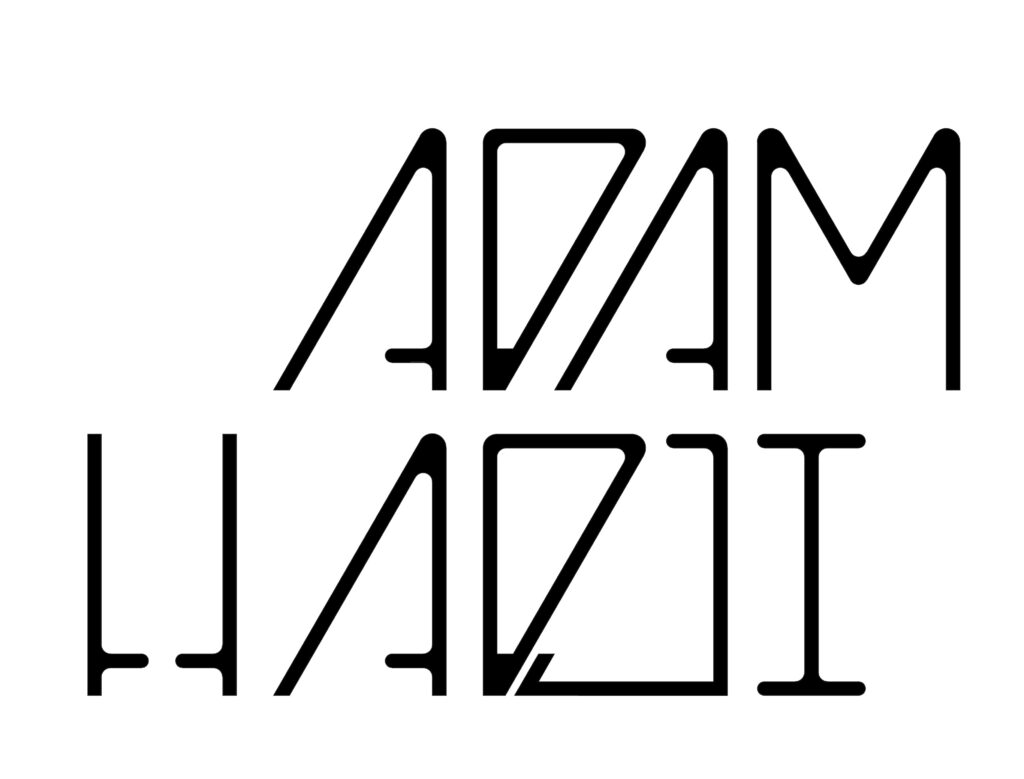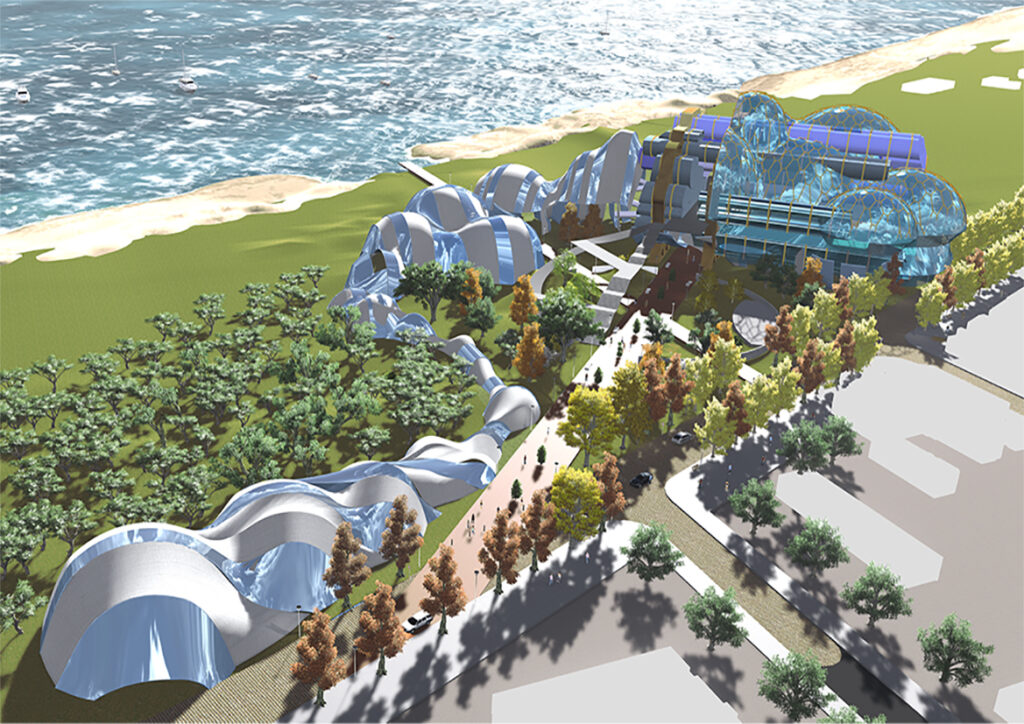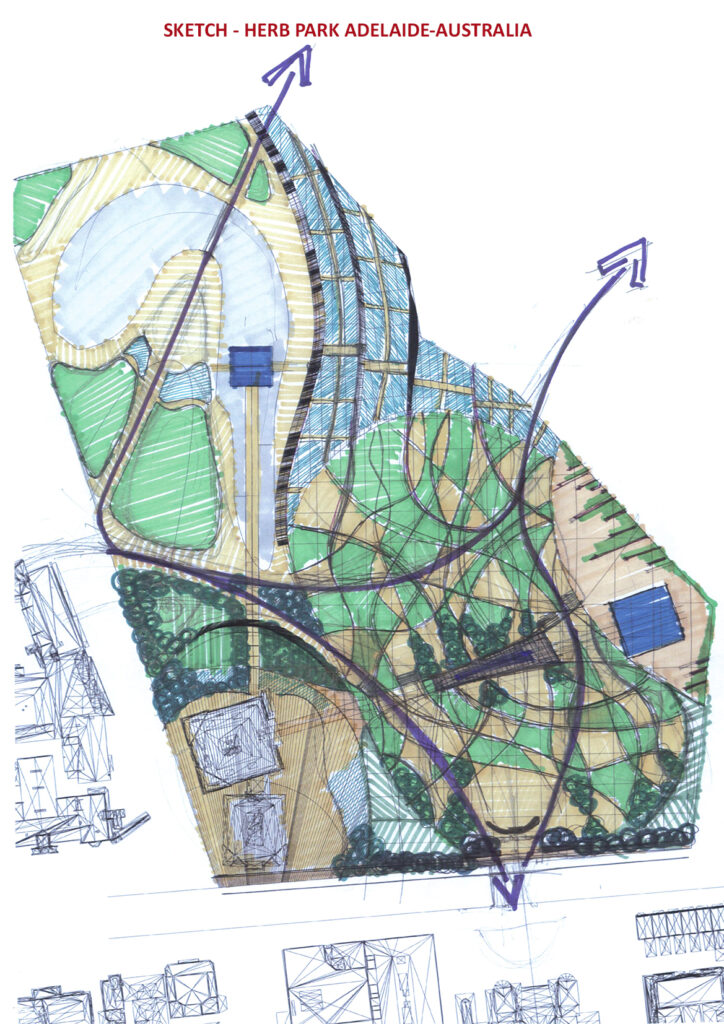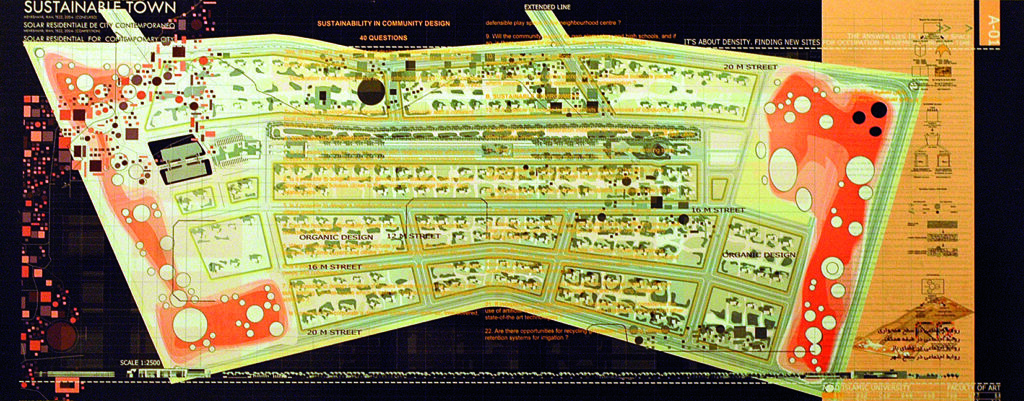I started to work on the Camberwell road park project as an architect and also project BIM manager role and acted as 2IC. I was responsible for obtaining the final endorsed Town Planning approval, and also design development and construction documentation. I was involved in amending and rationalizing the façade design as well as almost all other aspects of the project: façade detail design, structure, services and landscape coordination, to name a few. I also supervised the creation of the marketing drawings.
“let the building be what it wants to be” Louis Kahn
“Originality is going back to origin” Antoni Gaudi
syntax is a method of investigating how inhabitants of a space relate to the space itself and also to each other. Space Syntax Theory examines how the space relates to people, and influences social behaviour. Space syntax introduces a set of techniques for the analysis of spatial configuration, especially where it is a significant aspect of human affairs. Space syntax methodology provides designers with a tool to simulate the likely effects of their design both in buildings and on a broader urban scale. Space syntax can be broadly applied in the fields of architecture, urban design and planning.
This project aims to humanize the mega scale and shape the public realm. The building is on one of the most cultural streets in the Adelaide CBD and crystallizes the voice, character and mission of the University of Adelaide; it is thus guided by principles and values.
This project has a concern for people and the environment and does not attempt to be an iconic building or even to have a “wow” factor. It is very true that there is no absolute in architecture but still there is an ethic in it and in many ways ethic in architecture means being responsible. This project is a response to the people who live in it and the people who use it. The HGA building is also a response to environmental issues.
The design process started from preparing the acceptable feasibility report right after having a comprehensive site and city research with my classmates in group 1. It gave me a road map and a clear indicator about the nature and the area of spaces; in other words, THE PROGRAM. The dictum of Louis Kahn “let the building be what it wants to be” made the process of interpretation of feasibility report to the mass modelling very smooth.
As this building has profound respect for human relationship and integrity, the ground floor is dedicated to the citizens to be used as a public room. The public room is a contemporary interpretation of the old Agora, Piazza or Bazars which were very important parts of a city.
Symphony For The senses
This project creates an inviting environment for the public to find delight for the senses. The new public domain brings together herbs from the four corners of the world and harmonizes them in designed gardens to generate a fresh experience of space and activity. A spectacular civic plaza and a new herbal research Centre in a modern building generate social capital for South Australians and Australians alike.
The park links to almost every culture and place on planet earth.
For decades the Royal Adelaide Hospital (RAH) has played an important role in the lives of many families in SA. With the new RAH building complex at the other end of North Terrace, it is now time to move on and give a new breathe of life to the east end of the Adelaide CBD.
“These days most architects cannot do architecture. They do not theorize about their work” Peter Eisenman
The project aimed to extend the existing school of art and architecture at The University of Adelaide by adding an extra floor of construction and also totally upgrading the façade. This project established extensive research about prominent architecture and design schools such as “The Bauhaus” and “Des Beaux-Arts”.
The theoretical research outcome, along with the site inspection, synthesized and crystallized in the design of floor plans and façade. Also, the name of the project
represents the lost tradition of the architect as a highly skilled craftsperson.
Sustainability is not a luxury anymore; it is a necessity for the human race if we want to survive.
Created over a decade ago as a final project for a Master’s degree, the project aimed to design a town which achieves as many sustainability goals as possible.
This is not only in the physical, material world, but also in the governing system. It was an experiment in the new-age utopian city which targets self-sufficiency with zero carbon emission. The theory part started with “The Republic” of Plato and “UTOPIA” of Sir Thomas More and moved to the contemporary attempts to design the “Ideal City”. The outcomes were synthesized with an up-to-date understanding of sustainability in urban design and architecture.








